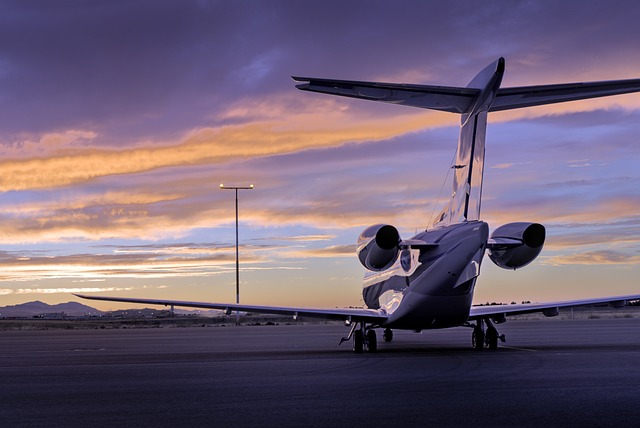Exploring Mini Private Jets for Business Travel with Tax advantages
The evolution of business travel has made mini private jets an increasingly attractive option for companies seeking efficiency, flexibility, and potential tax benefits. These smaller aircraft combine the convenience of private aviation with lower operational costs compared to larger private jets, while offering significant tax advantages for business owners and corporations.

Understanding Mini Private Jets and Their Business Applications
Mini private jets, also known as very light jets (VLJs) or personal jet aircraft, typically accommodate 4-8 passengers and operate more efficiently than their larger counterparts. These aircraft are ideal for regional business travel, offering access to smaller airports and requiring shorter runways, making them perfect for executives who need to reach multiple destinations quickly.
Key Tax Benefits for Business Jet Ownership
Business owners can benefit from several tax advantages when operating mini private jets for business purposes. Section 179 of the IRS tax code allows for significant depreciation deductions in the first year of aircraft ownership. Additionally, businesses can deduct operating expenses, maintenance costs, and fuel charges when the aircraft is used for legitimate business purposes.
Comparing Popular Small Private Jets for Business Travel
Several manufacturers offer compelling options in the mini private jet category. Here’s a comparison of leading models:
| Aircraft Model | Passenger Capacity | Range (nm) | Estimated Price |
|---|---|---|---|
| Cirrus Vision Jet | 5-7 | 1,275 | $2.5M - $2.75M |
| Eclipse 550 | 6 | 1,125 | $3.0M - $3.3M |
| HondaJet Elite | 7-8 | 1,437 | $5.2M - $5.4M |
| Phenom 100EV | 6-8 | 1,178 | $4.5M - $4.8M |
Prices, rates, or cost estimates mentioned in this article are based on the latest available information but may change over time. Independent research is advised before making financial decisions.
Operating Costs and Ownership Structures
Mini private jets typically cost between $1,500-$3,000 per flight hour to operate, including fuel, maintenance, and crew expenses. Various ownership structures exist, from outright purchase to fractional ownership or jet cards, each with distinct tax implications and financial considerations.
Best Practices for Business Aviation Tax Planning
Working with qualified aviation tax specialists is crucial for maximizing tax benefits while ensuring compliance. Key considerations include:
-
Maintaining detailed flight logs
-
Documenting business purpose for flights
-
Understanding entertainment deduction limitations
-
Properly structuring aircraft ownership
-
Following depreciation guidelines
Conclusion
Mini private jets represent a strategic investment for businesses seeking efficient travel solutions with significant tax advantages. While the initial investment is substantial, the combination of operational efficiency, time savings, and tax benefits can make these aircraft valuable assets for growing companies. Careful planning and professional guidance are essential to maximize both operational and tax benefits while ensuring regulatory compliance.




